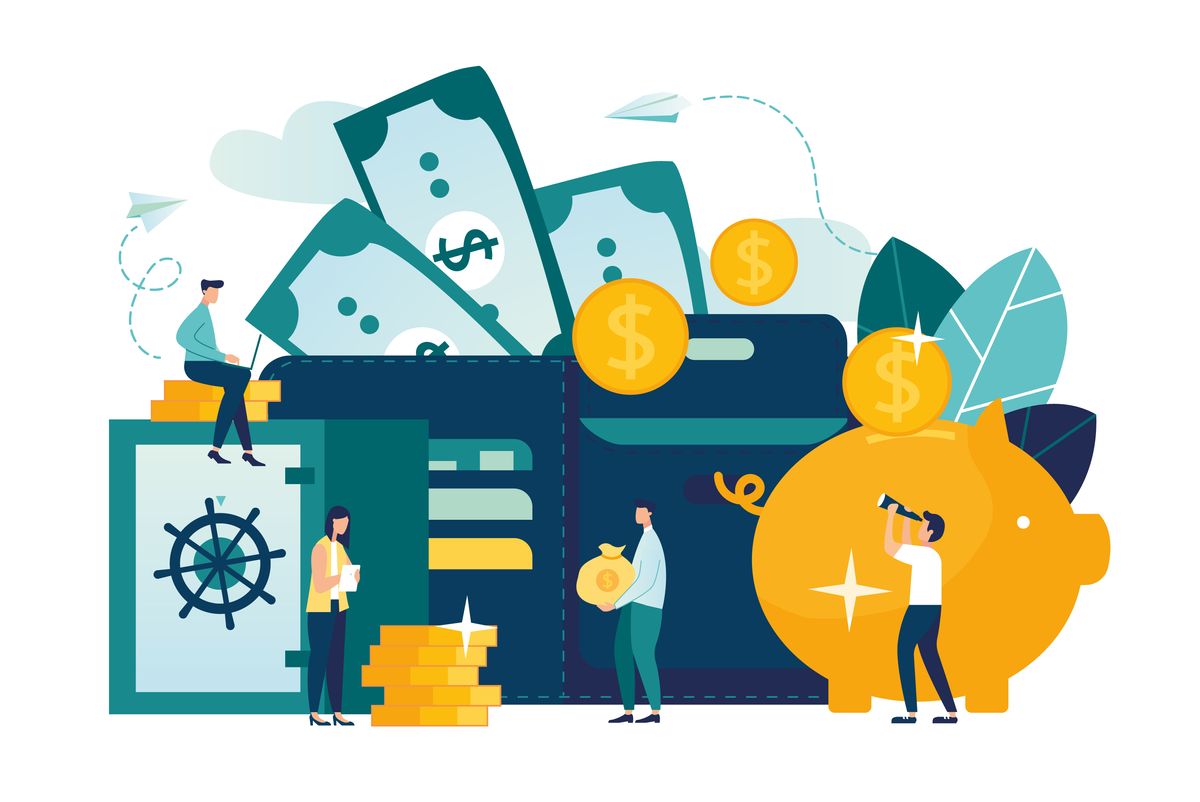Making the Most of Your Slashed Influencer Budget

As marketing budgets have shrivelled and consumer habits are likely to have changed forever, it’s more important than ever to get the most bang for your buck with influencer marketing efforts. In a regular year, an average B2C business will spend something in the region of 6.5-10% of total revenue on their marketing efforts – quite a sizable chunk. Given the immense impact of COVID-19, it’s fair to say that we may not experience a ‘regular’ year for quite some time and the purse strings look to stay tighter than ever. Globally, the WFA (World Federation of Advertisers) says TV investment will be down 33% across this year with other traditional advertising forms following similar trends (OOH -49%, print -37%, events – 56%). By virtue, influencer marketing hasn’t suffered as heavily but is by no means firing on all cylinders, with spending forecast to decrease by 22%. In total, global ad spend is set to be down 31% for the year.So with budgets reduced, how do we continue to deliver results, service our clients and ultimately create work to write home about? The answer seems a simple one right? Be more clever with money, but within that, there are a few tactics which can help.







